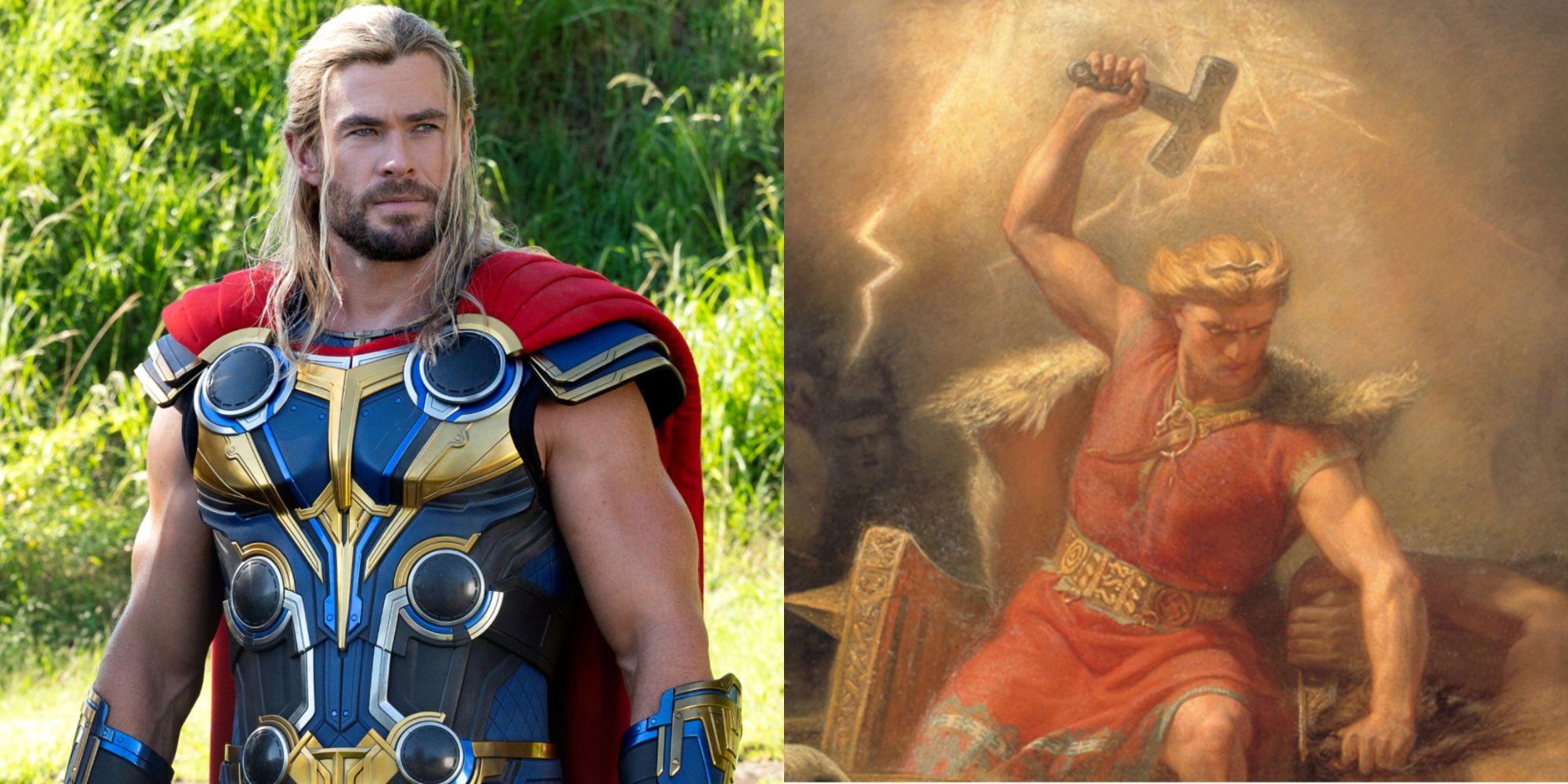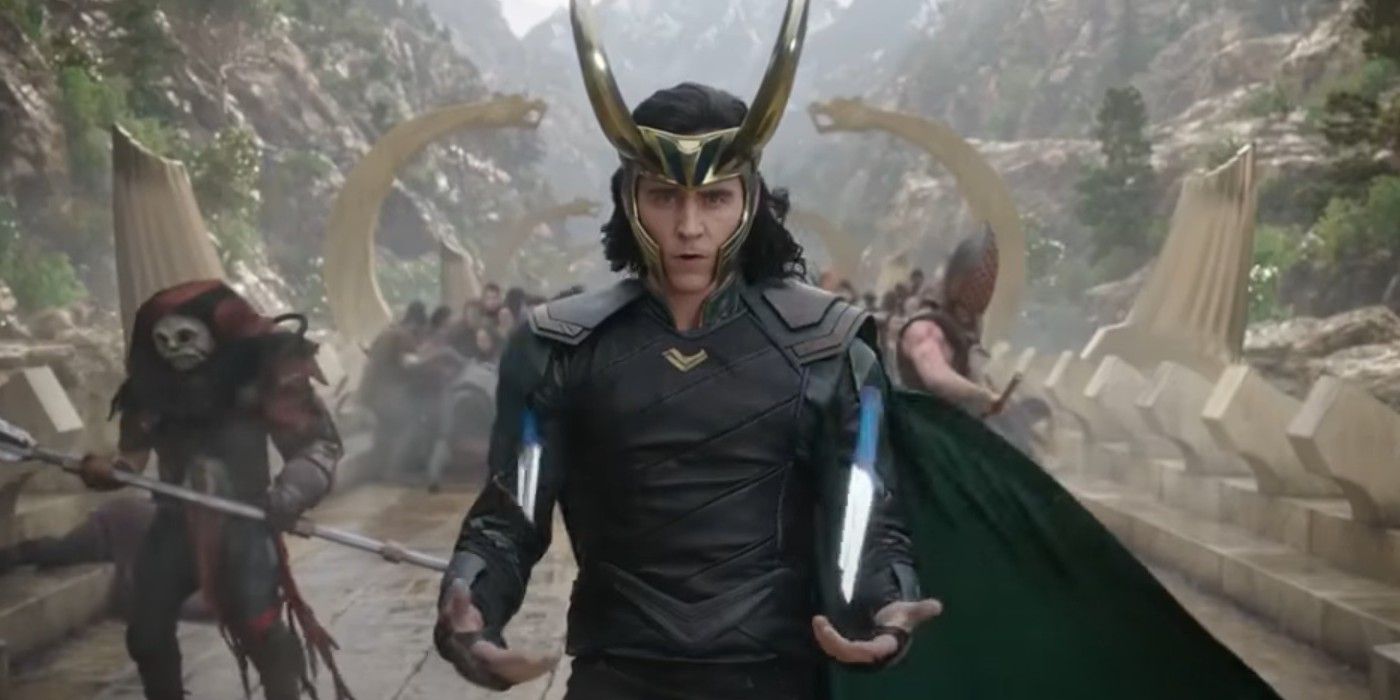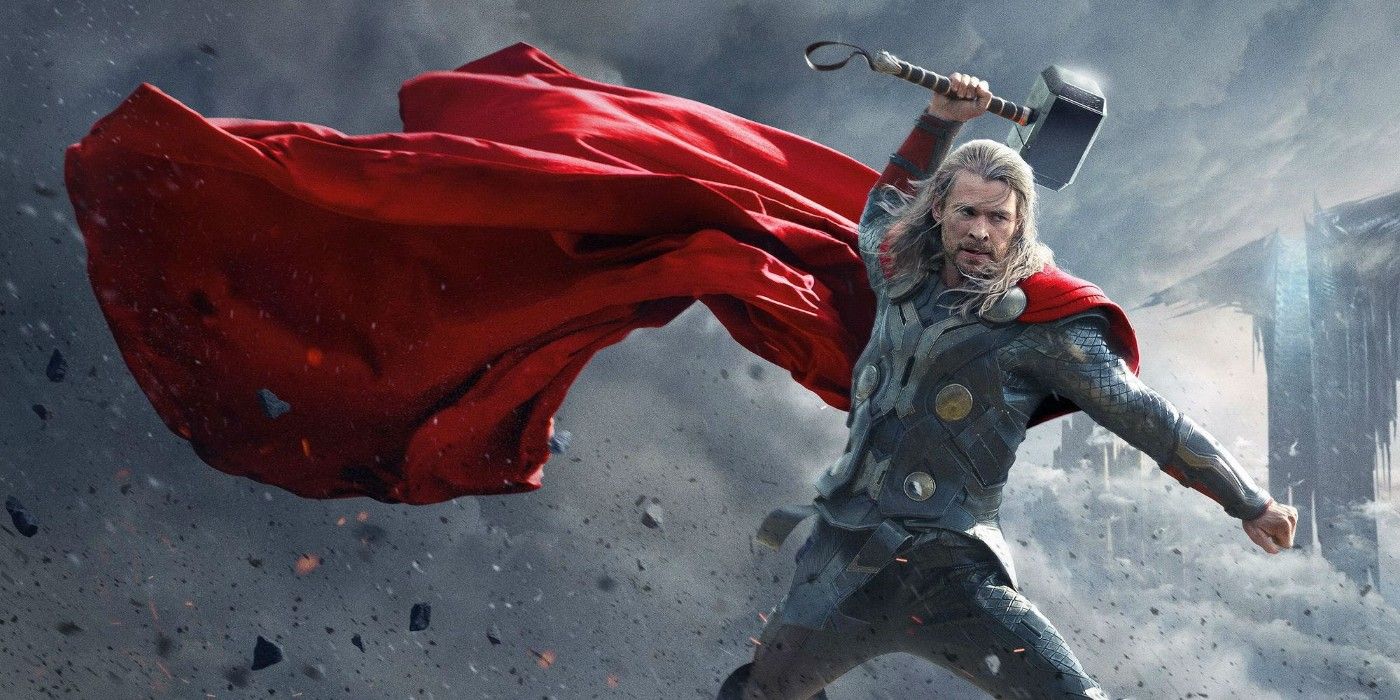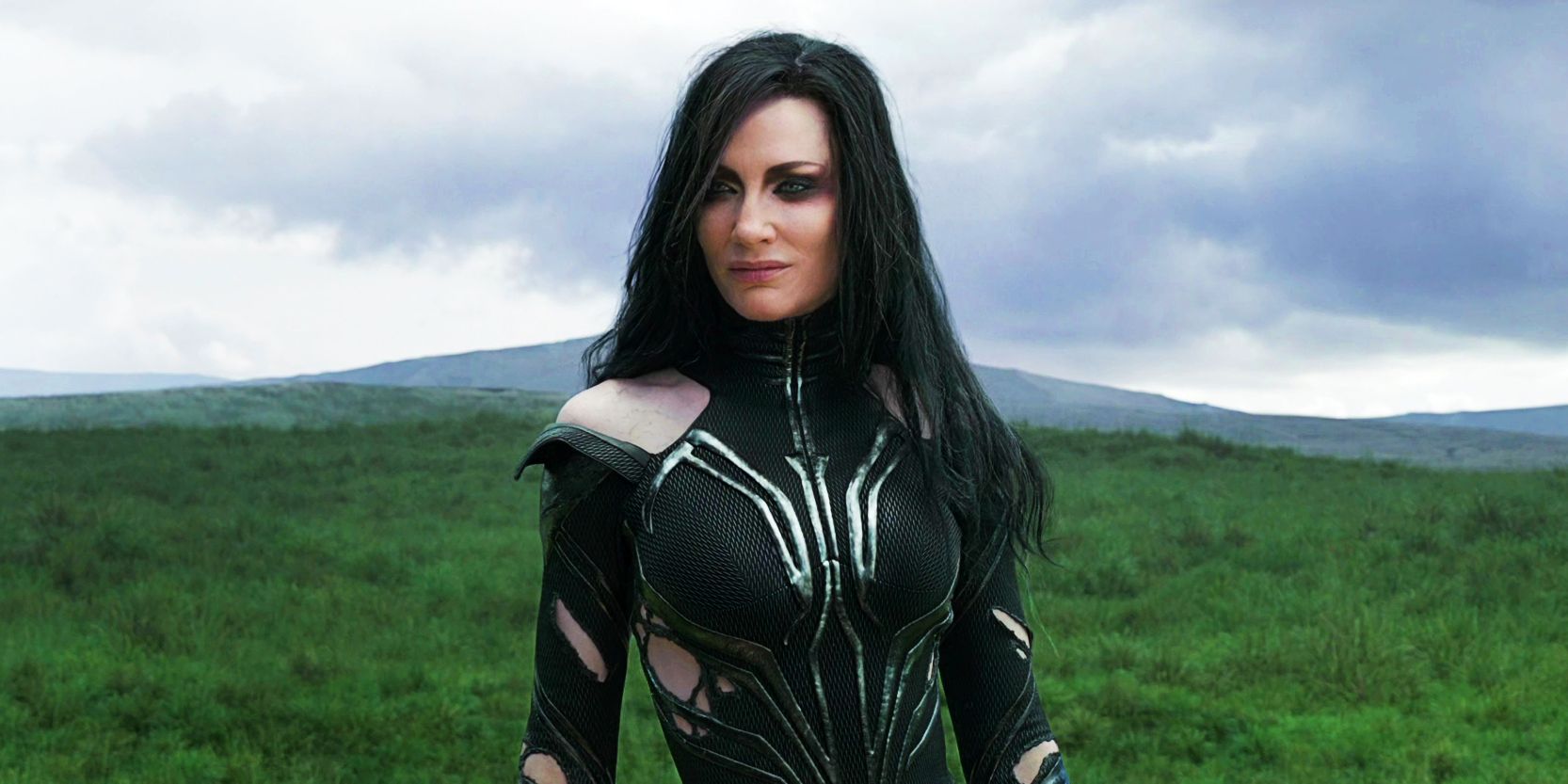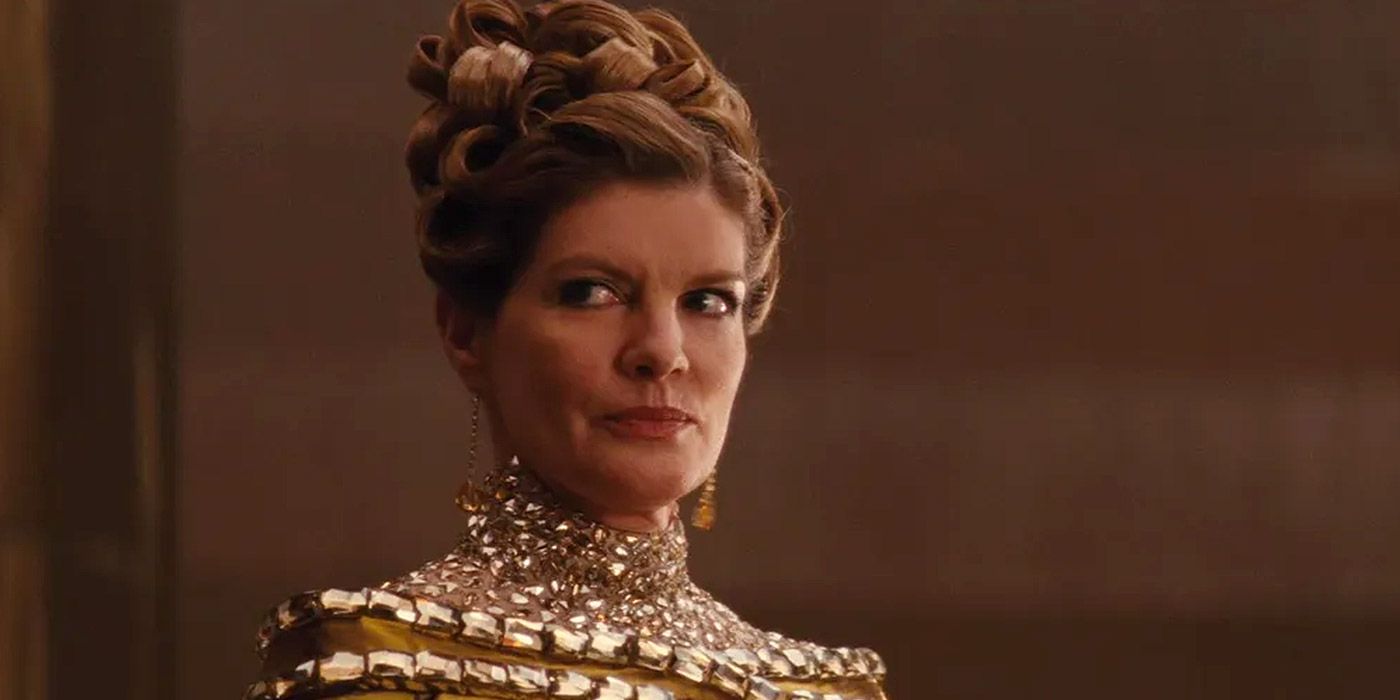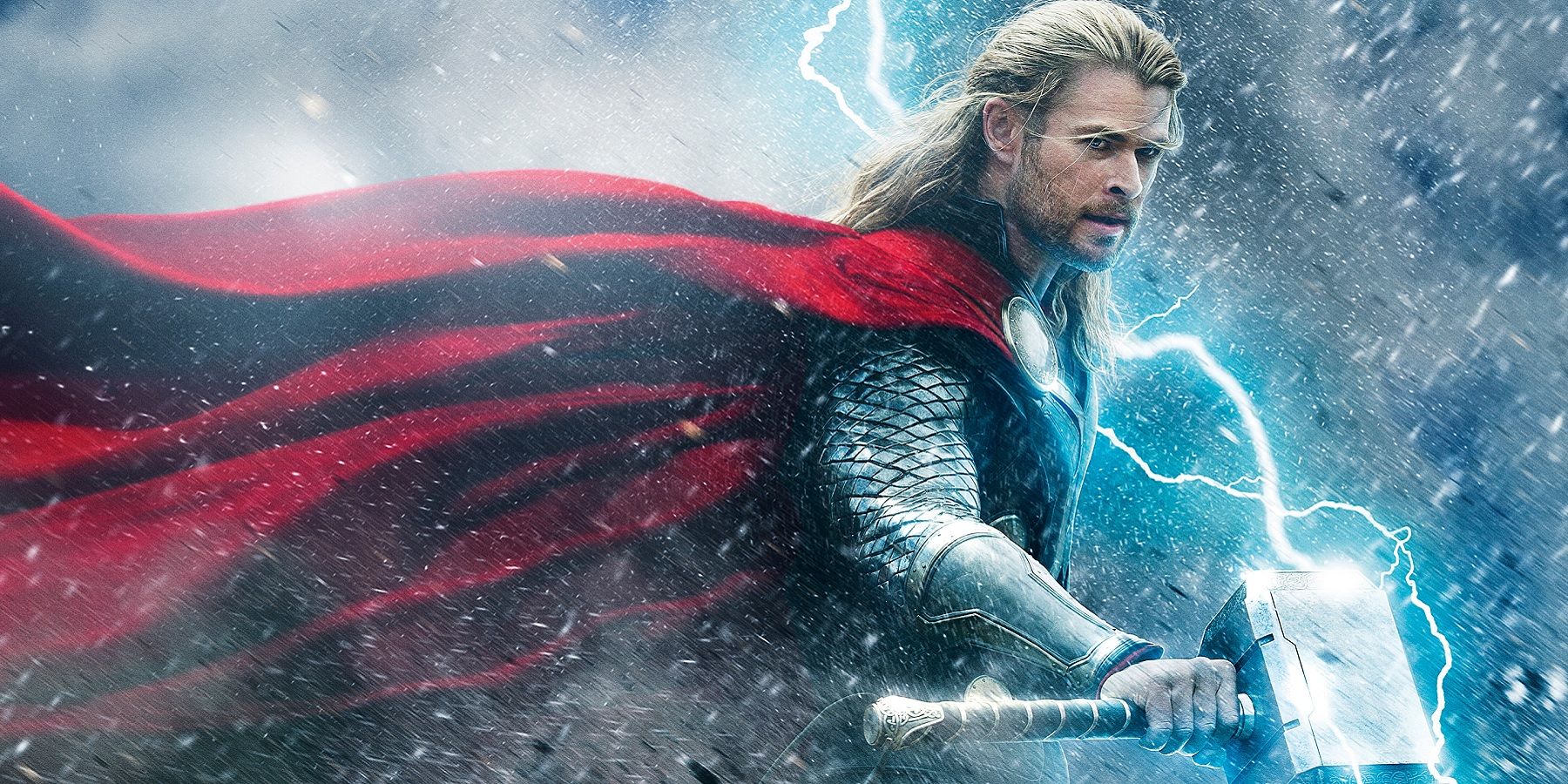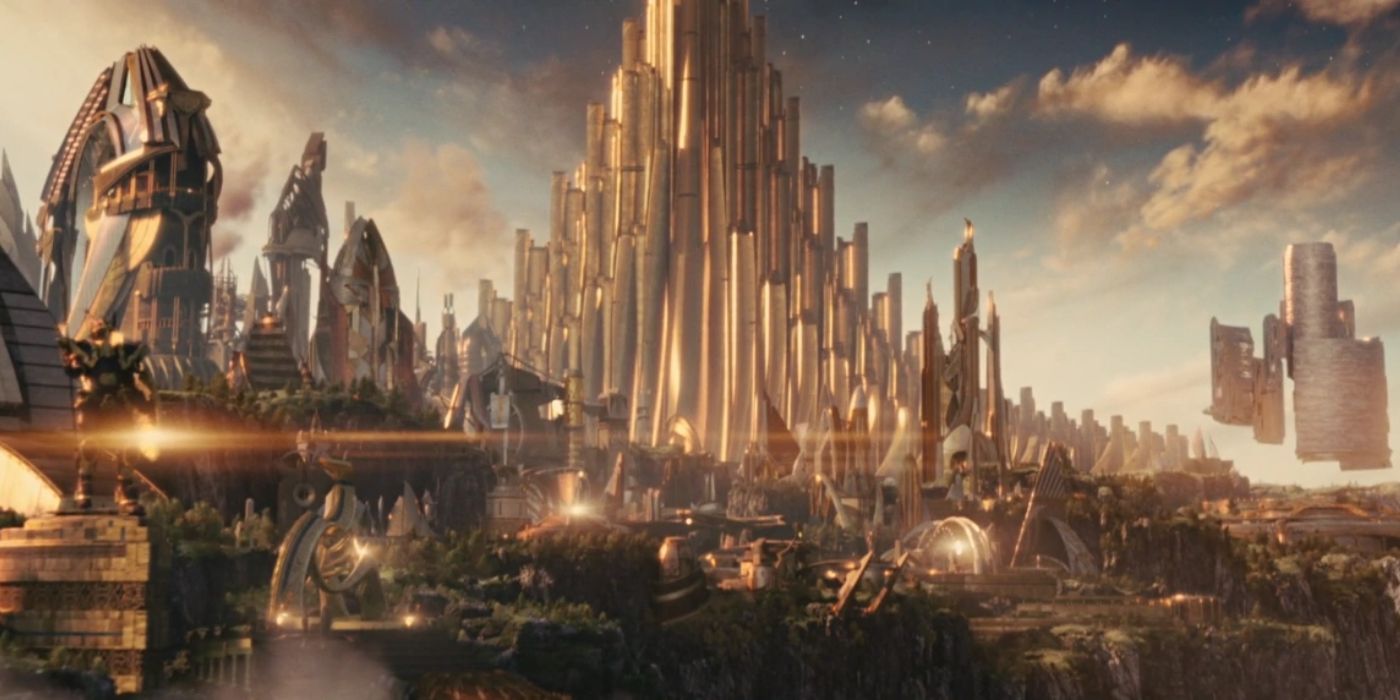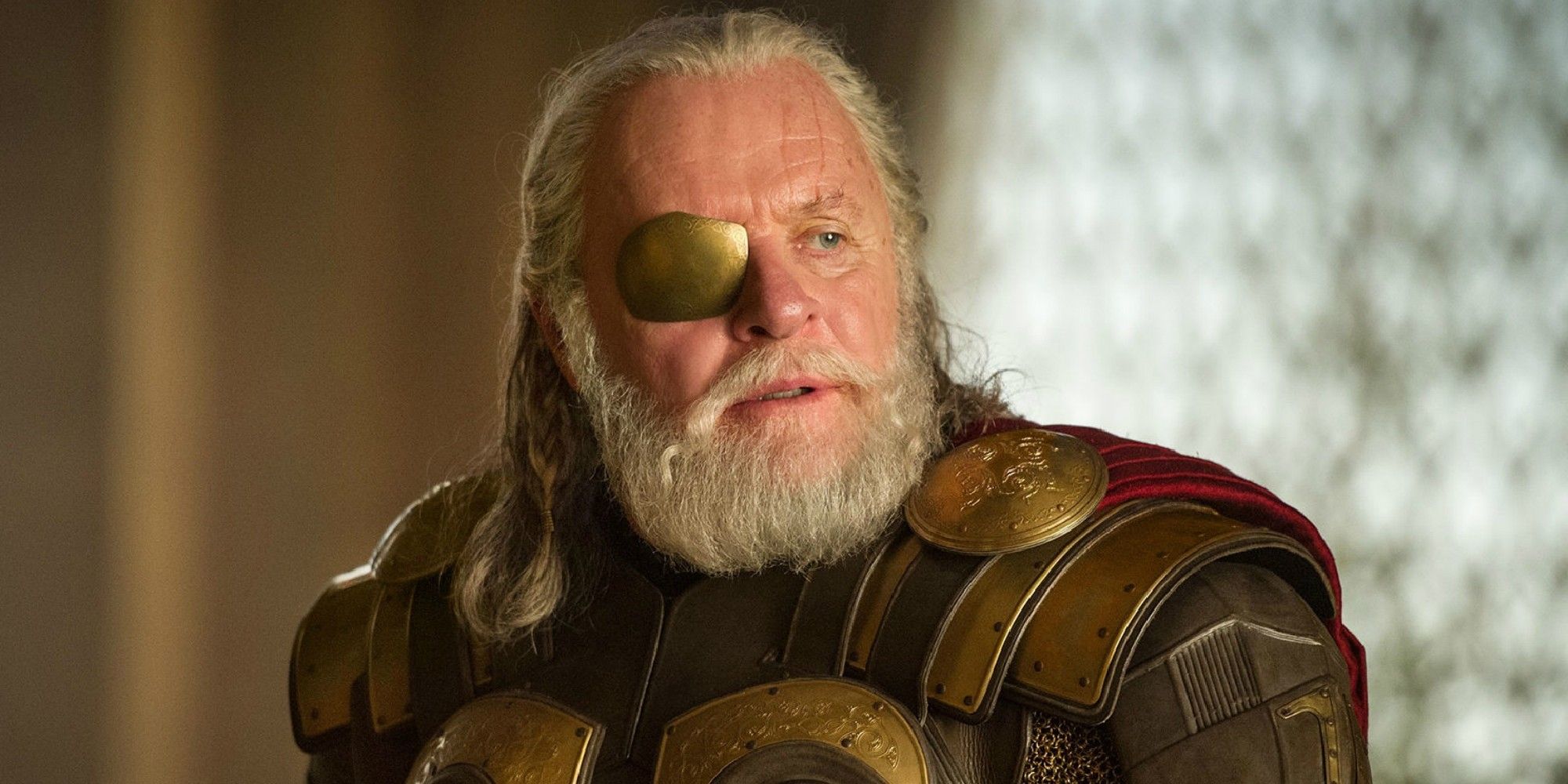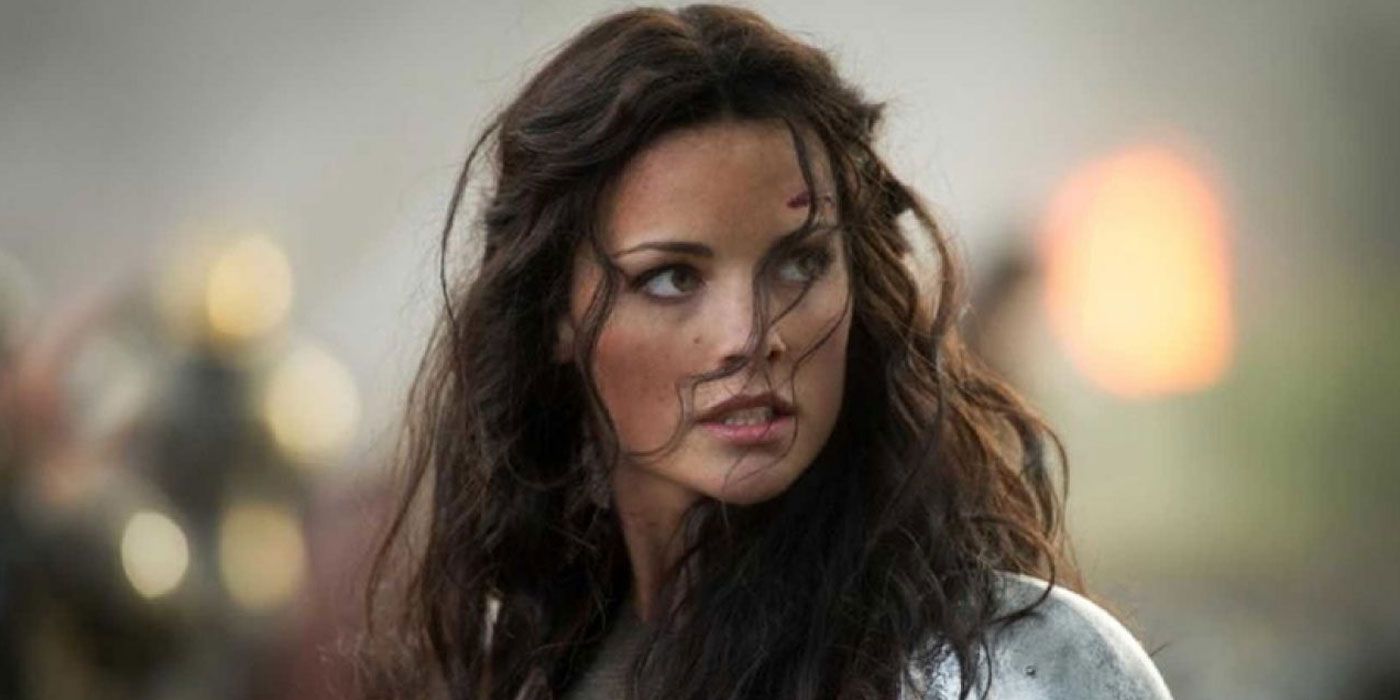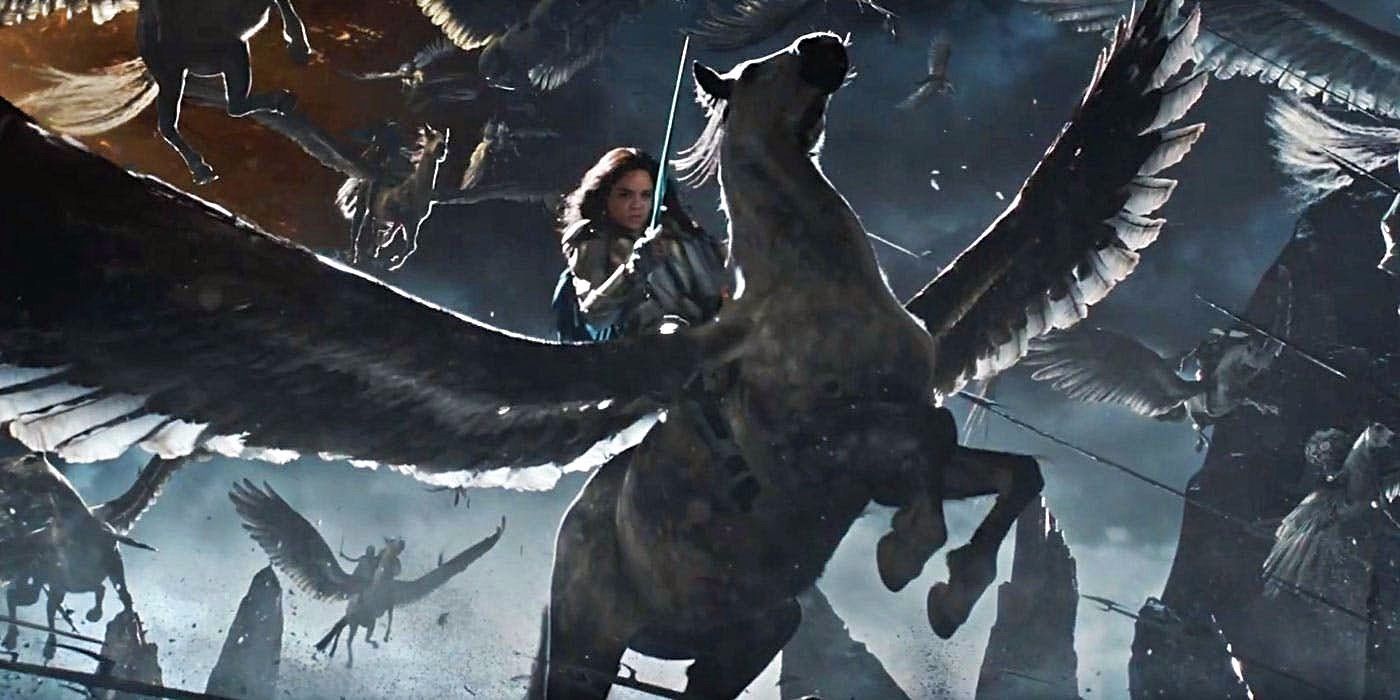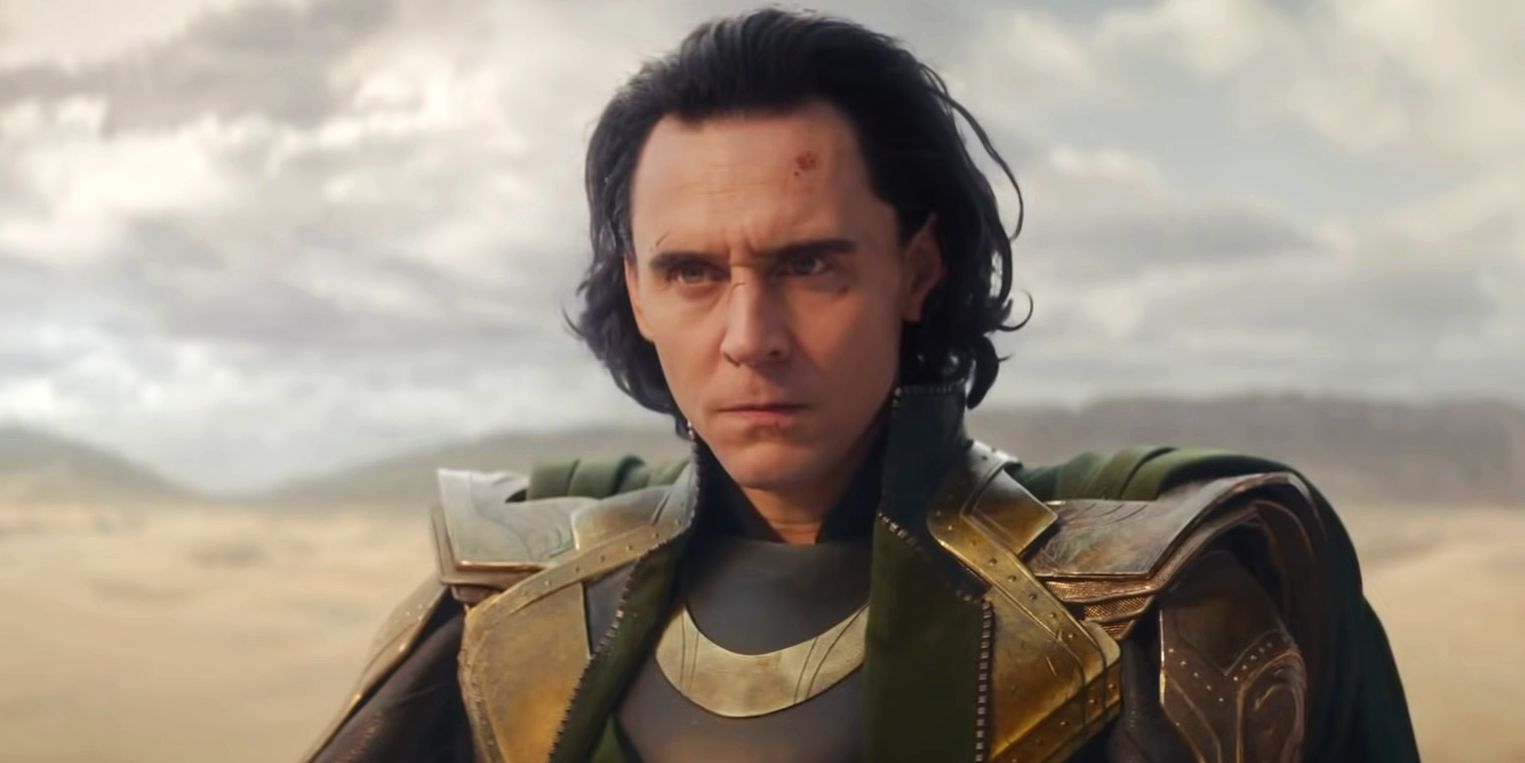Marvel is well known for drawing inspiration from mythologies, most prominently the Norse mythology that inspired the Thor franchise. With Thor: Love and Thunder set to hit screens this summer, it looks as though fans will be introduced to new gods from different pantheons, as well.
Thor, Loki, Odin, and their assembled friends have become cherished members of the MCU since they first hit screens. However, much has been lost in translation from the original myths to the screen, and the differences between the old stories told in The Prose Edda and the portrayals in the films and television shows may be surprising.
Not All In The Family
In the MCU, Odin is Thor's father and Loki's adopted father. However, in the original stories, Loki had no true relation to either of them. Odin had six children, including Thor. He had another son named Baldar, who was slain at the hands of Loki, which was the cause of Loki's imprisonment.
Loki and Odin were blood brothers - sworn to help one another defeat their foes. Loki's father was a giant, though his mother may have been one of the Aesir, which would explain why Odin allowed him into the hall of the gods. Though they were close, the other gods greatly disliked Loki and mistreated him throughout his duration on Asgard.
Thor Has More Than A Hammer
Though he is only one of many of the most powerful Asgardian gods in Marvel comics, Thor is by far the strongest god in Norse mythology. But even he has to wear gloves to wield his mighty hammer Mjolnir, to protect his hands from the power it contains.
Thor is further helped in myths by wearing a belt of strength which doubles his already considerable power. It is unknown where Thor acquired his belt, but Loki was the one to give him his hammer, having tricked the dwarves Brokkr and Sindri into making it as a gift after he had angered Thor.
Loki Has Kids
In the MCU, Hela was a powerful god, one that many fans would like to see Gorr the God Butcher face. In mythology, however, Hel wasn't Loki's sister, but his daughter, made with the giantess Angrboda. And she had nothing to do with bringing about Ragnarök. She was the goddess of the underworld - the Norse version of Hades.
Loki had other children with Angrboda, including Fenrir the wolf. When Fenrir was born, the Aesir were so intimidated, that they tricked him into binding himself with the strongest chain ever built, and propped his mouth open with a sword. It is said that at Ragnarök, Fenrir will run across the world with his upper jaw devouring the sky while his lower jaw eats the ground.
Frigga Was More Than Just A Mom
Thor's mother in the MCU is a mixture of Odin's two wives (who may have been the same wife by different names), Frigg and Freya. Freya was most frequently cited as Odin's wife and was a bit wild in mythology, as she was known for being fond of beauty, material things, love, and fertility. All of which led to a woman who was a pleasure seeker in all ways.
Freya was skilled in the practice of seidr - a type of magic - and she was the one who brought that magic to the gods and humanity as well. Like her husband Odin, Freya had an afterlife realm that she ruled over. Folkvang is the mirror to Valhalla, and it is where Freya takes half of the dead warriors from the battlefields to wait until Ragnarök is upon them.
Thor's Method Of Travel
Thor doesn't fly with his hammer, nor does he rely on Heimdall and the Rainbow Bridge to travel between realms. Thor is the only one of the Aesir with the power to travel through the nine realms unaided. Of course, he has to wade through boiling rivers to do so, but that didn't seem to bother him much.
Thor could fly, however, on a chariot that was drawn by his two goats, Tanngrisnir and Tanngnjóstr, which pulled him across the sky and the realms. While traveling, Thor would slay the goats, roasting them over a fire to eat. When he was finished, he would gather their bones in their hides, bless them with his hammer, and in the morning they would be whole again.
The Universe Looks Vastly Different
The MCU's multiverse has nothing on Yggdrasil, the world tree that holds the cosmos together in Norse mythology. With roots planted in Midgard (Earth), one in Jotunheim (the giant's world), and one in Hel (the underworld), the tree's branches reach high to other realms. The perfect place for the busybody squirrel Ratatoskr who runs up and down the trunk carrying messages.
There is also a giant snake called Jormungand that lives in the ocean that surrounds Midgard. Jormungand is another of Loki's children with the giantess and is a sworn enemy of Thor. It is said that Thor and Jormungand are destined to slay one another when Ragnarök finally arrives.
Odin Is Intense
Odin has some of the best quotes in his role in the MCU, but in myth, he's not nearly the kindly father the films would have you believe. Instead, he's a shrewd warrior who will stop at nothing to acquire all the knowledge of the universe, frequently leaving on quests to gain new abilities and learning.
He's also a walking contradiction. Odin is the patron of rulers and the patron of outlaws. He is the god of war and the god of poetry. He's fickle and cunning but worshiped for his honor. He is the embodiment of magic, wisdom, and the dead, and he takes a kind of mad glee in inciting people to war over petty causes. In short, Odin is far more complicated than he is shown.
Thor And Sif Are Married
Sif is given more of a role in the films than she is in mythology. Aside from being beautiful and having golden hair, not much is said about her at all. Sif's most important role in mythology is something she doesn't have much of a choice in, and then she is only on the periphery.
Loki, for reasons known only to himself, decided to shave Sif's head one night while she was sleeping. When he woke up to realize his wife was bald, Thor was furious and demanded retribution. Loki went off to the dwarves to have a new head of hair made, coming back with additional gifts as well - including Mjollnir, Thor's mighty hammer.
Valkyries Were More Than Warriors
So far, the MCU has only given fans one Valkyrie, though there were more powerful Valkyrie variants in Marvel comics. In mythology, Valkyries were vastly different than seen in either the films or comics, not so much warriors, but more like the fates in charge of battlefield deaths.
The Valkyries not only carried the dead to the halls of Valhalla where Odin ruled, but they were the ones who decided which warriors were given that honor. More, they chose which warriors died in battle in the first place - and they do so gleefully. The Valkyries had far more power over life and death than most Norse gods.
Loki Brings On Ragnarök
Loki is known for his mischief-making, but he took things a step too far when he set up a chain of events that led to the death of Baldur, Odin's most beloved son. As a result of this, Loki is bound in a chain made of his son's entrails and tied to rocks in a cave, where a venomous snake drips poison onto his eyes.
It is said that the day Loki breaks free from this prison is the day Ragnarök will occur. Loki will join the side of the giants, his son Fenrir will be released to kill Odin, and his other son, Jormungand will kill Thor, while all of creation will cease to exist.

